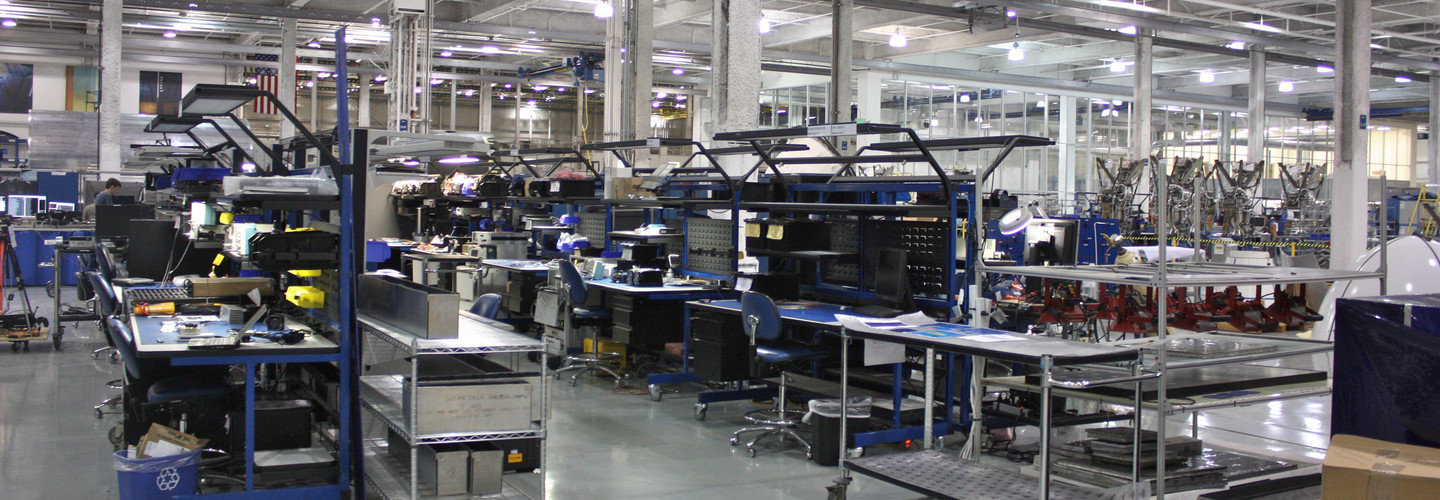How the Samsung 4G LTE Network Extender Promotes Connectivity
For companies that rely on strong indoor wireless connectivity, either to run their own operation or for customers to use while inside their establishment, having a mobile dead spot could be a death knell for their business. That’s why Verizon and Samsung are targeting these organizations with a new product, their 4G LTE network extender for enterprise.
The Samsung 4G LTE network extender, unveiled in late January, uses Samsung’s small cell technology to boost coverage in areas where it is weak. Small cells are micro cellular base stations that can boost network coverage and capacity.
Verizon and Samsung are pitching the network extender to businesses that have indoor locations of between 10,000 and 100,000 square feet. The companies claim that it is a much cheaper network infrastructure solution than competing technologies.
How the Samsung 4G LTE Network Extender Boosts Wireless Coverage
Verizon and Samsung worked together previously on a business-class network extender for 3G CDMA networks, but that product covered only 7,500 square feet and supported just seven simultaneous users. The new LTE network extender covers 31,500 square feet with a single unit and can support 42 concurrent users.
“We didn’t really have a good solution to hit that [larger] area,” Justin Blair, director of technology at Verizon, tells BizTech. He notes that with 4G networks, users are often accessing more applications and consuming more mobile data.
Verizon and Samsung wanted to “try and get into the segment with a better solution that really meets that next need without having to go to a full-blown” distributed antenna system, or DAS, Blair explains. Typically, a DAS deployment consists of a collection of small antennae spread over a specific geographic area and connected by fiber back to a central location or power source (usually a cellular base station).
The 4G LTE network extender costs $2,999 per unit, according to Blair. The installation process is relatively straightforward. Customers put GPS antennae near a window to provide location accuracy for the network extender, which looks like a wireless router. They then plug the network extender into an Ethernet jack and turn it on. Business owners can log in to a portal to make sure the GPS signal is acquired and act as an administrator to see how many users are on the network.
Blair says that DAS deployments tend to require cabling and configuration and that one customer was able to save $100,000 by opting for the LTE network extender instead.
Magnus Ojert, vice president and general manger at Samsung’s networks division, tells BizTech that the LTE network extender is “a very cost-efficient tool to be able to support your customer from a coverage perspective and as a capacity hotspot.”
Pointing out the disadvantages of using an alternative remedy, Ojert explains that wireless carriers can enhance coverage from outside of buildings and use more power to pump the wireless signal in or use DAS systems, but those solutions can be time-consuming and expensive and require fiber deployments for backhaul (connection back to the Internet backbone). “It could take months to get all of the approvals,” he says.
The LTE network extender supports both voice and data connections, unlike the 3G solution, which needed separate products to support both. The new product, however, supports only Voice over LTE connections, not 3G voice calls, Blair says.
Numerous Potential Uses
There are several kinds of businesses that can benefit from the LTE network extender, Blair says. Small and medium-size businesses could be more productive because the extender would enable employees’ devices to remain connected. Some companies “have to have good coverage to get business,” he says.
Without revealing names of Verizon customers that have already begun using the LTE network extender, Blair says, “We have quite a few that have deployed it over the past month.” Among the businesses that Verizon considers good targets for the product are large indoor retail areas and hotels.
“Hospitals are another area where we see a need for this,” Blair says, citing patients who rely upon coverage as they sit in waiting rooms, as well as hospital staff who need consistent coverage indoors.
Other indoor spaces the network extender is well suited to are factories, warehouses and other commercial areas — “anywhere you have that type of footprint,” Blair says.
Verizon and Samsung are working on another version of the LTE network extender for small businesses that can support eight simultaneous users in a smaller setting. That product will be coming out in the near future, Ojert says.








